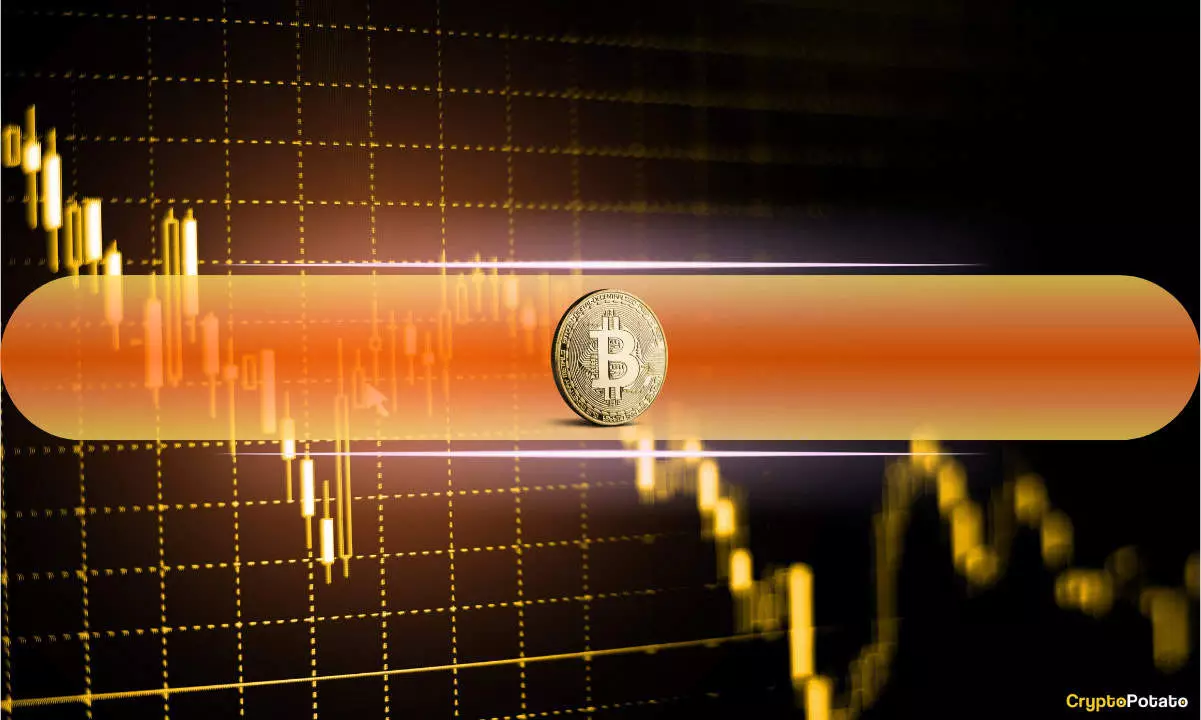Inflation is frequently hailed as the silent killer of economic stability. Recently, the United States faced an inflation surge, which sent shockwaves through various financial markets, notably the cryptocurrency sector. This article takes a closer look at how the latest surge in the Consumer Price Index (CPI) has influenced Bitcoin and reflects broader trends in the crypto market.
Recent data revealed that the US Consumer Price Index experienced a significant spike, increasing by 0.5% month-over-month and reaching an annual inflation rate of 3.0%. This was above the anticipated figure of 2.9%, signaling a deeper economic issue. Additionally, when considering core CPI—which excludes volatile sectors like food and energy—the numbers were equally alarming, revealing an increase of 0.4% monthly, ultimately leading to a yearly rate of 3.3%. This discrepancy set off a series of reactions among cryptocurrency holders and investors.
Almost immediately following the CPI release, Bitcoin, the leading cryptocurrency, suffered a drop to around $94,000. This brief dip was symptomatic of prevailing fears among retail investors. However, Bitcoin staged an impressive recovery, briefly climbing to about $98,100 before settling at approximately $96,000. Such fluctuations can often be emblematic of market reactions to macroeconomic trends, and Bitcoin’s resilience is worth noting.
The crypto market operates on sentiment as much as on concrete data. After the CPI announcement, there was a noticeable uptick in chatter surrounding inflation on social media platforms such as X (formerly Twitter), Reddit, and Bitcointalk, reaching its peak in 15 months. This heightened discussion underscores the degree to which inflation is influencing retail investors’ perceptions and actions.
Curiously, leading analytics firm Santiment suggested that well-informed traders, often referred to as “whales,” could have anticipated this inflation data and positioned themselves for profits. While retail investors may react emotionally, leading to potential FUD (fear, uncertainty, and doubt), whales often take calculated risks that can affect market trajectories. If retail pessimism escalates due to inflationary fears, it is plausible that whales could swoop in to acquire more Bitcoin at reduced prices, thereby stabilizing and eventually driving up market values.
The Federal Reserve’s response to inflation is critical. Historically, interest rate hikes have correlated strongly with significant corrections in the crypto market. Many analysts are concerned that with inflation exceeding projections, rate cuts may be delayed. The unexpected hold in interest rate reductions during the November 2024 Federal Open Market Committee (FOMC) meeting has left many traders apprehensive. If the Fed continues this trend of tightening monetary policy, it could suppress market enthusiasm and drive down demand in the cryptocurrency sector.
Analysts are becoming increasingly alarmed at the implications of prolonged inflation and rate hikes. A failure to cut interest rates could introduce further instability, especially if retail traders become disillusioned with crypto assets in response to failures in the traditional financial space.
Despite the ongoing turbulence, not all trends signal doom for Bitcoin. Data from Glassnode indicates a notable increase in liquidity within the Bitcoin market, supported by large capital inflows. A resilient base of long-term investors appears poised to stabilize price fluctuations as they navigate through these difficult macroeconomic conditions. Additionally, the idea of various US states proposing strategic Bitcoin reserve bills reflects a growing institutional interest in cryptocurrencies as an asset class. If enacted, these proposals could result in tens of billions in Bitcoin purchases, outpacing any government-held reserves.
Ultimately, it appears that despite broader economic concerns, there could be paths to recovery for Bitcoin. Navigating the current climate, characterized by inflation and interest rate indecision, will be critical for both retail investors and institutional players. The interplay between retail traders’ reactions and whale strategies will likely shape Bitcoin’s trajectory in the aftermath of this inflation surge. As discussions surrounding inflation continue to dominate financial dialogues, both Bitcoin and the crypto market at large must remain agile to adapt to these shifting tides.

